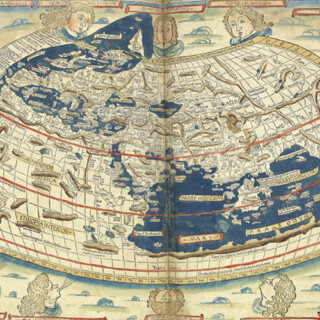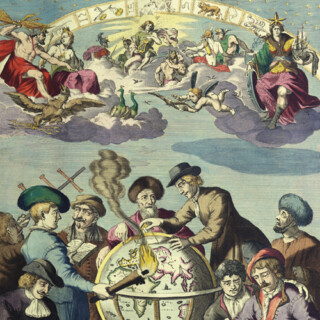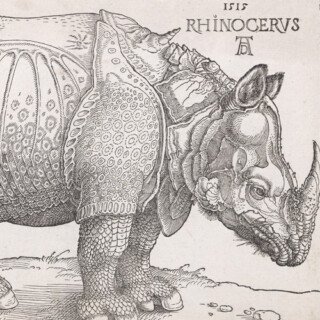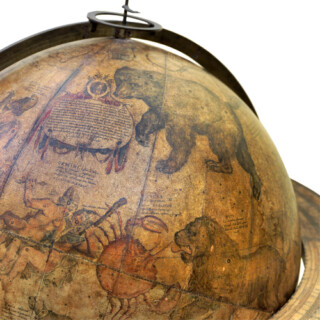“The most important atlas chronicling the revolution’s battles”
The North American Atlas
Selected from the Most Authentic Maps, Charts, Plans, &c. Hitherto published.
London,
Printed for William Faden, Successor to the late Mr Thomas Jefferys, Geographer to the King, the Corner of St Martin's-Lane, Charing-Cross,
1776
Folio. Title-page, manuscript contents left, 42 engraved maps and plans, (on 48 map sheets), several with original outline and full-wash colour, half-calf over marbled boards, spine in nine compartments separated by raised bands, with red morocco label, gilt, rebacked. Full collation available on request.
560 by 365mm. (22 by 14.25 inches).
11988
notes:
William Faden (1750-1836) began his career in cartography after taking over the business of Thomas Jefferys, a highly respected British mapmaker. Initially publishing under the name Faden and Jefferys, he followed his predecessor by specialising in maps of North America, resulting in the publication of a collection of them in the 'North American Atlas' in 1777. Twice honoured by the Royal Society for his work, he became Geographer to the King in 1783, and was chosen in 1801...
bibliography:
Paul Cohen and Robert Augustyn, 'Manhattan in Maps': 1527-2014 (New York: Dover, 2014), pp.56-8; Donald William Meinig, 'The Shaping of America: Atlantic America, 1492-1800' (Yale: Yale University Press, 1986), pp.277-8; Mary Pedley, 'Maps, War, and Commerce: Business Correspondence with the London Map Firm of Thomas Jefferys and William Faden' Imago Mundi 48 (1996), pp.161-173; Kariann Yokota, 'Unbecoming British: How Revolutionary America Became a Postcolonial Nation' (New York: Oxford University Press, 2011), pp.28-30.
provenance:
Provenance
Robert H. Elliston (1926-2013), collector and longtime resident of western Pennsylvania; thence by descent.
Robert H. Elliston (1926-2013), collector and longtime resident of western Pennsylvania; thence by descent.









